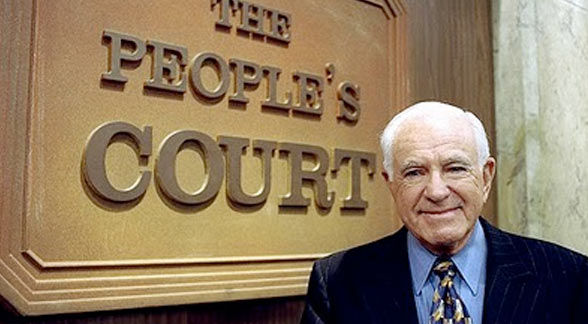Ground Control
As most of you already know, I’ve become a digital guy. I had thought my days of analog recording, editing tape and doing analog transfers were behind me…but I was mistaken. My recent session with jazz pianist Christian Jacob has thrust me right back into the analog fray. What does this actually mean? Well, for starters it means I have to worry about ground hum, transfer levels, calibration tones and cable quality.
In the world of PCM digital audio, once you’ve successfully recorded the audio you want without distortion…you don’t really have to worry about those things. The music is represented by a bunch of ones and zeros and you can make copies or copies of copies without any degradation (yes, you really can!).
Of course, if you’re doing any equalization or amplitude adjustments (digital signal processing) you can cause the digitally represented amplitude to exceed the maximum allowed by the number of bits in each word. Distortion in PCM digital audio does happen and other things happen as well.
I remember getting a restoration job some years ago. Before Judge Judy or the current retired Judge on The Peoples Court there was former Los Angeles County Superior Court Judge Joseph Wapner. The client on this particular job was producing a series of legal “how-to” books on tape and hired Judge Wapner to be the voice over talent. Some other recording engineer and studio were hired, the judge showed up and read the script.
Apparently, no one bothered to playback the DAT (Digital Audio Tape) that was used for the recording before ending the session and sending the judge home. It seemed the engineer saw the meter bouncing on the front of the machine and figured everything was good. He wasn’t worried about getting sufficient level onto the DAT tape because everyone knows that digital doesn’t have the same noise floor as an analog tape. The assumption was made that digital doesn’t have any noise. While it is true that digital has a potentially wider signal to noise ratio, it doesn’t mean that you don’t have to think about properly setting your levels during a session.
And the levels on this particular master DAT tape of Judge Wapner peaked at around -25 dB. The producers brought the tape to me to see if I could restore some of the signal to noise using my NoNoise system. When they tried to listen to the tape at a normal volume, the amount of noise was deafening. The good judge wasn’t willing to come back and do the session again without getting paid again. It seems to me he got something like $15K for the first three-hour session. The producers were desperate.
Unfortunately as good as NoNoise was at the time, there was no way to get the sound to an acceptable level of fidelity. Getting enough level on any recording is critical…even in the digital domain.
Yesterday and today, I’ve been doing some edits on the recordings I made last week. I tried routing the output of my Nagra to my monitor system and discovered some 60-cycle hum coming from the speakers. A trip to the local hardware store and the purchase of a couple of ground lifts took care of that problem. The inputs and outputs of the Nagra are unbalanced connections (this means there is no shielding around the signal carrying wires…more on this later).
Then I had to do some transfers from the 96 kHz/24-bit PCM digital files over to the Nagra for our comparisons and I had to carefully send a 1000 Hz tone between the machines for reference. Again, these are things that a concern when you’re copying digital media around.
I’m happily back in the analog world. I finished doing the edits on a couple of pieces using my DAW and will soon crack out my razor blades and do the same work on the analog tapes.
I’m going to post the 96 kHz/24-bit digital mix and a transfer of that mix to analog tape (I had to wait until some additional tape was shipped from Chicago area) and then back to 96/24 PCM tomorrow. They both sounded terrific…but the spectragraphs tell an interesting tale. See you tomorrow.

